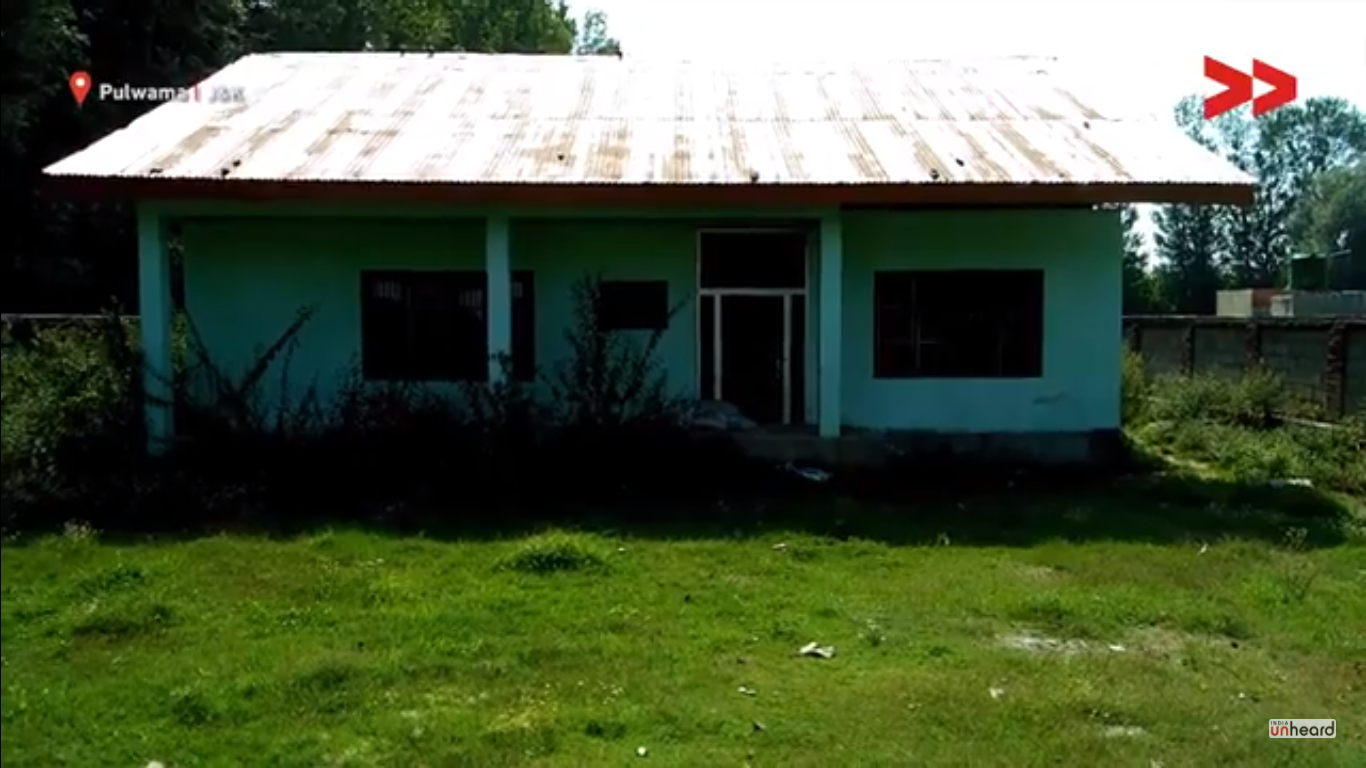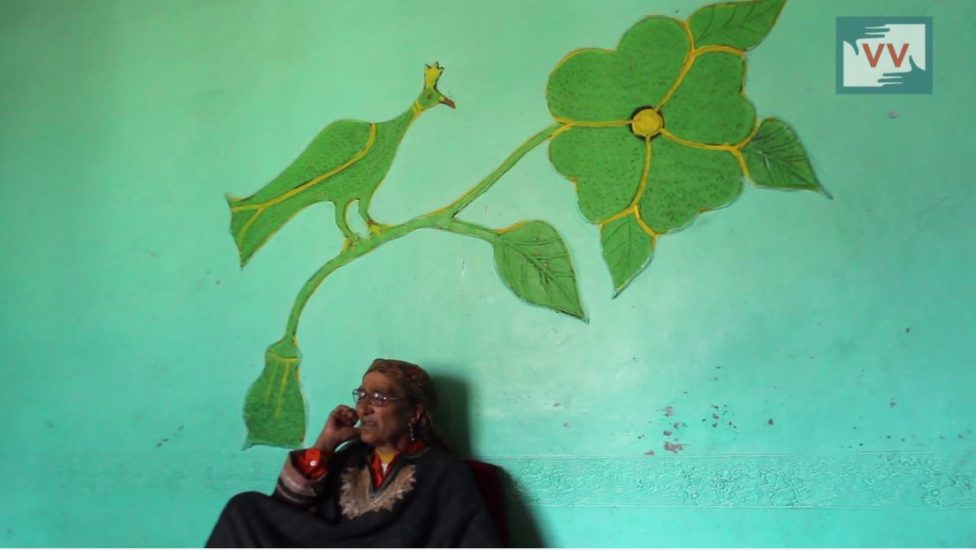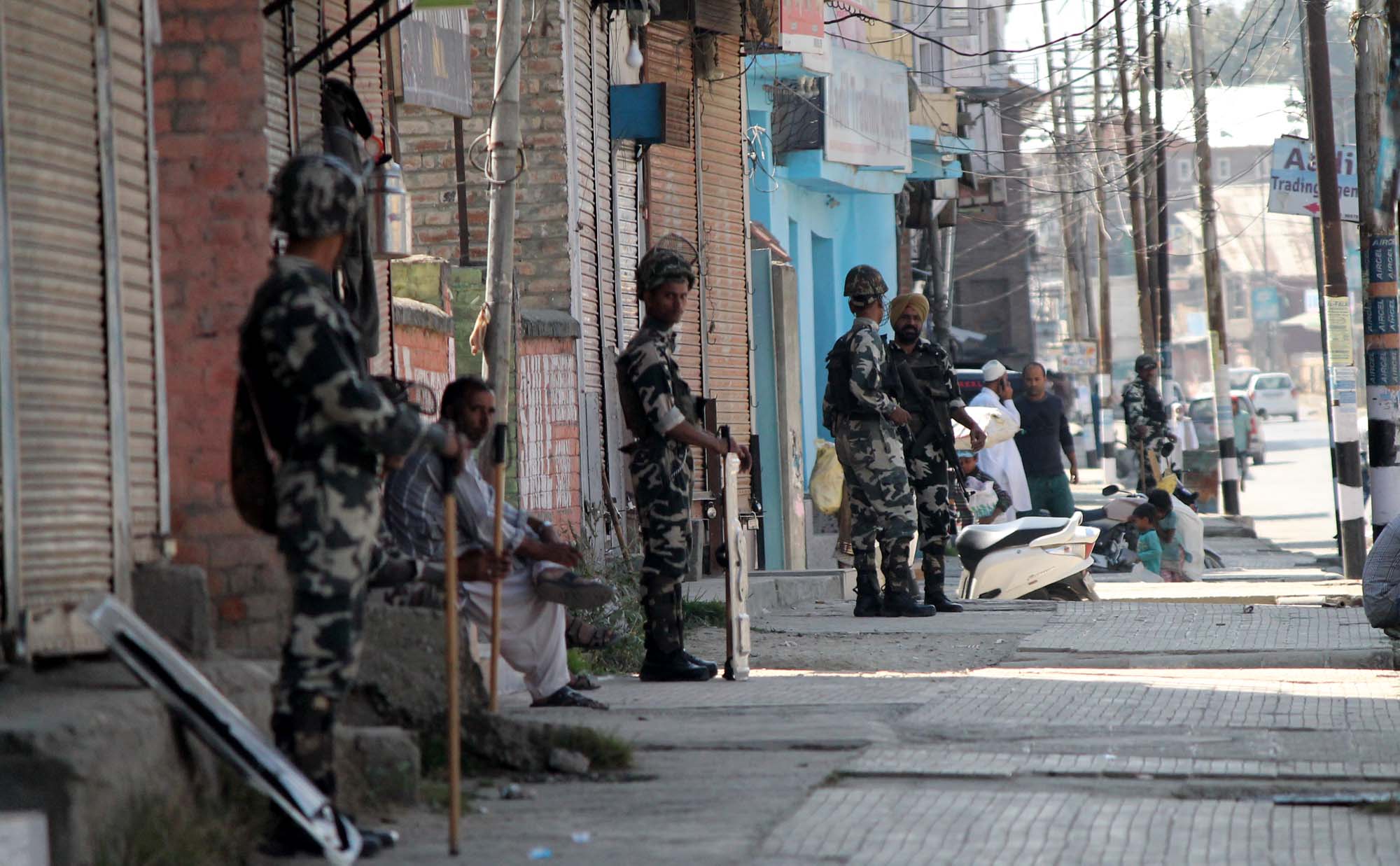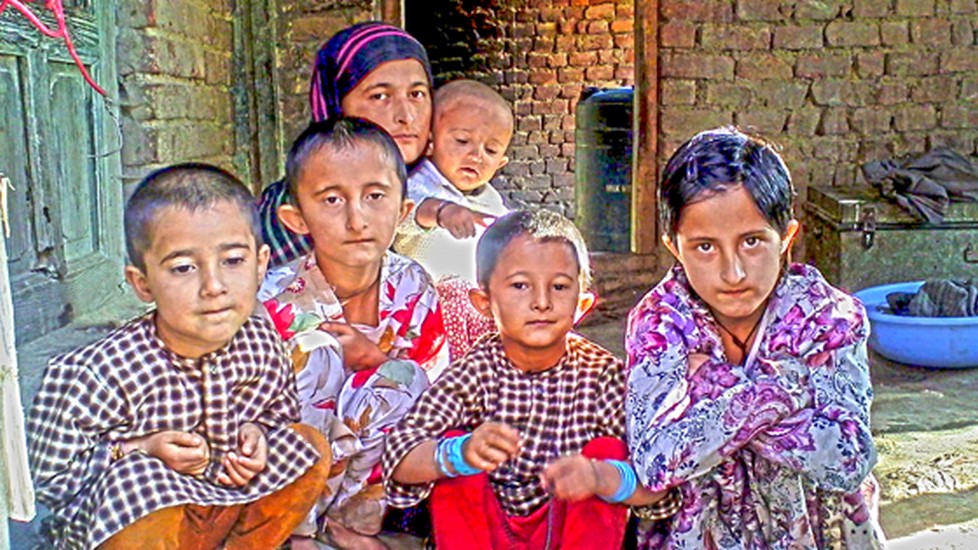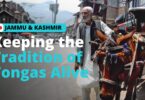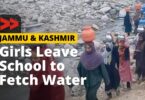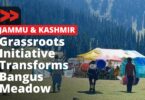Video By: Jahanara Khaliq | Article By: Alankrita Anand
Ever since the Panchayati Raj Act was adopted, the panchayat buildings in this Pulwama village are regularly painted and maintained; only to open for elections.
A 2016 Lok Sabha report revealed that of the 258,000 gram panchayats (village councils) in the country, only 56,000 have buildings; the rest are either functioning from makeshift venues or not functioning at all. Padgampora village in Pulwama district, however, has not one but two panchayat buildings, well-maintained ones at that. But in the last 25 years, ever since the Panchayati Raj Act came into being, not a soul has been seen working out of these buildings. No sarpanch (village head), no village level worker, no higher authority.
Padgampora has a population of 10,000, and life in the village has been affected by conflict in the region. Community Correspondent Jahanara Khaliq Makroo says that despite tensions, the village does have access to basic public infrastructure and facilities and that they are also well-maintained, at large. However, the village could really benefit from participatory local self-governance, and that can only happen when block-level officials take the initiative to put the panchayat buildings to regular use.
The Panchayati Raj Act envisioned panchayats to be at the heart of community development. But in places like Padgampora, while officials come and go and basic public infrastructure is taken care of, the community has no space and platform to come together and take important decisions on issues that affect them. Reports have shown that panchayats can play a crucial in issues of healthcare and community rights, especially land and forest rights.
“The buildings are unlocked only when a polling booth needs to be set up or when officials from the district or block come to distribute labour cards and other cards,” says Jahanara. She also says that elections to the panchayat do take place in the village and there is an elected sarpanch even now. “But even the sarpanch cannot work out of the locked buildings, so people go to his house to meet him but that is not always feasible.”
When Jahanara spoke to some of the local residents, they said that they have to go to the neighbouring Awantipora Panchayat to get any work done, or to the Block Development Office. While the ‘neighbouring village’ may appear to be not very far on a map, getting to Awantipora costs at least 20 rupees one way; 20 rupees and the loss of a working day’s wage. And a single trip to the Awantipora Panchayat does not resolve issues, demanding repeated loss of working days.
Most residents mention the lack of Village Level Workers (VLW) as a big problem. VLWs, who often form the link between village residents and local government authorities, engage in a number of community development tasks. Padgampora does have VLWs but because there is no platform for them to function from, they work at the block-level office, negating the very role of acting as a bridge between village residents and higher authorities.
VLWs look after the overall development of a village, particularly health, social security and employment. They are associated with flagship poverty alleviation schemes like the National Social Assistance Programme which covers most pensions and the National Rural Employment Guarantee Scheme (MNREGA). Their role in livelihoods is particularly crucial, especially in predominantly agricultural communities like those in Padgampora. VLWs are expected to assist farmers in procuring loans and accessing information about agricultural technology.
The role of Village Level Workers, when performed ideally, gives a boost to decentralised and participatory governance, the very spirit behind the Panchayati Raj Act. Without appropriate physical infrastructure, in the case of Padgampora, sheer ignorance of existing infrastructure, the rural population is deprived of a platform for decision-making. Even the National Rural Health Mission (NRHM) works through village level committees and workers, these committees collectively prepare health and sanitation improvement plans and execute them, and representatives like the VLWs help them coordinate matters with block and district level authorities.
But in villages like Padgampora, none of these collective decision-making activities can take place. To help Jahanara and the community build pressure on the Block Development Officer of Awantipora block, call their office at +91-1933247001 and apprise them of the probably demanding immediate action.

